Dangerous to humans and dogs, Rocky Mountain Fever, along with several other tickborne infections, is on the rise.
According to the Centers for Disease Control and Prevention (CDC), the incidence of Rocky Mountain Spotted Fever (RMSF) has been increasing for decades. Overall, RMSF joins a cadre of infections carried or "vectored" by ticks that are demanding increasing attention from the healthcare community including:
- Lyme disease
- Ehrlichiosis
- Powassan virus
- Anaplasmosis
- Tularemia
- Babesiosis
For a variety of reasons that may include changes to surveillance techniques, improved diagnostics, warming climates, infectious spread, and expansion of geographic range, tickborne diseases altogether appear to be on the upswing as a public health menace. Powassan virus, an unusually severe viral infection, has recently spread to the tick, Ixodes scapularis, which carries Lyme disease. Three types of ticks carry RMSF: the brown dog tick (Rhipicephalus sanguineus), the Rocky Mountain wood tick (Dermacentor andersoni), and the American dog tick, (Dermacentor variabilis).
While this map illustrates the range of the dog tick, the Rocky Mountain Wood tick is found primarily in the Rocky Mountain States, while the American Dog tick ranges across the entirety of the US from the Rocky Mountains eastward. The essential point here is that ticks carrying RMSF are all across the country.
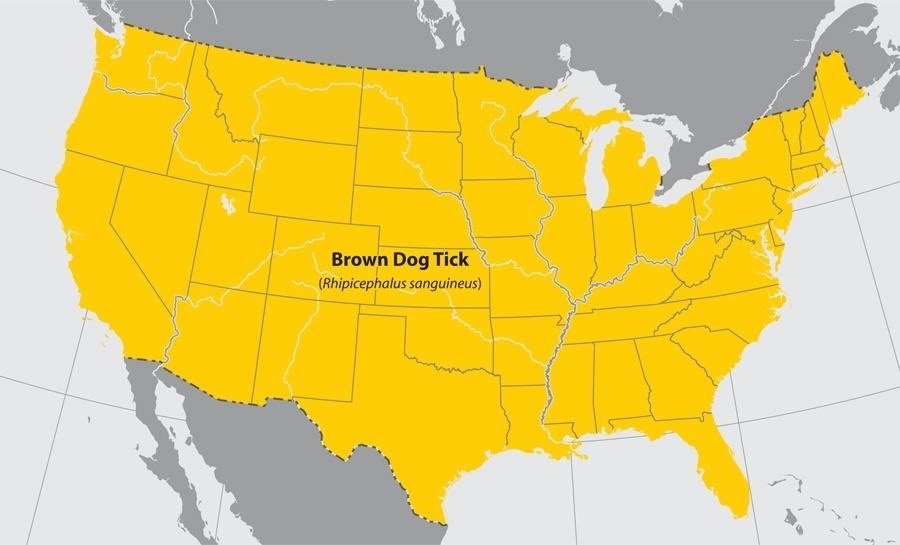
There are two myths to debunk about RMSF.
Although the disease is transmitted by a tick whose primary host is dogs, that does not mean that only dogs get the disease. Also, the term "Rocky Mountain" is deceiving. Since the vector for RMSF is widespread, ticks can transmit the disease from the Pacific to the East coast of the US.
Tickborne diseases are in the news for a good reason. The infections are sometimes hard to diagnose, they can be severe, and tick season is just about here as people start enjoying time outside. So what do we know about Rocky Mountain Spotted Fever?
Symptoms, Sources, and Risks of Rocky Mountain Spotted Fever
Caused by a bacterium called Rickettsia rickettsi, RMSF was first reported in Montana and Idaho by Native Americans, settlers, and infantry in the late 1800's. Before antibiotics, the fatality rate for RMSF was between 65 and 80 percent. Even today, the infection is serious if left untreated. Of the several known species of Rickettsia, the bacteria that causes RMSF is the most severe.
As with many tick-borne infections, many people do not remember being bitten by the tick that makes them sick. Symptoms of RMSF occur between two days and two weeks after an encounter with an infected tick. Patients with severe symptoms that do not get treatment can die within about a week if left untreated.

Symptoms can mimic other illnesses, and the infection can be difficult to diagnose. Physical troubles can include:
- sudden, severe headache, muscle and abdominal pain
- nausea, vomiting, and loss of appetite
- fever
- rash that may develop between two to five days after the fever — or not at all
Here are some facts to know about RMSF:
- With severe infection, "vasculitis" may occur. Vasculitis is bleeding from vital organs, or clotting of blood in the brain, that reduces circulation to fingers, toes, arms, or legs, that may lead to amputation. Severe symptoms can cause permanent neurological disability or death. The frontline treatment for RMSF is the antibiotic doxycycline. Delay in treatment with doxycycline can lead to more serious infection — and increase chances of death.
- In April of this year, 20 cases of RMSF were reported n Chihuahua, Mexico, with nine deaths. Last year, the city suffered 55 reported cases and 17 fatalities.
- While the incidence rate of RMSF is highest among older adults ages 60-69, more fatalities occur with children under the age of 10. The CDC reports that 63% of RMSF cases between 2008-2012 were reported from the states of Missouri, Oklahoma, Tennessee, Arkansas, and North Carolina.
- RMSF was once called the "black measles," because in late stages of the disease, the skin turns black.
Dogs are a target for any tick that bites humans and are susceptible to RMSF. Swelling, fatigue, loss of appetite, pain, and fever can be symptoms of the infection in dogs. Like humans, prompt treatment for infection is critical; a delay can cause a painful death. The antibiotic tetracycline is often successfully used to treat dogs if given before severe symptoms develop.
There is no vaccine, or preventative treatment for RMSF, other than to avoid being bitten by ticks. With a predicted heavy season for tick populations of all types, be cautious in recreation areas, and in your backyard.
Just updated your iPhone? You'll find new emoji, enhanced security, podcast transcripts, Apple Cash virtual numbers, and other useful features. There are even new additions hidden within Safari. Find out what's new and changed on your iPhone with the iOS 17.4 update.
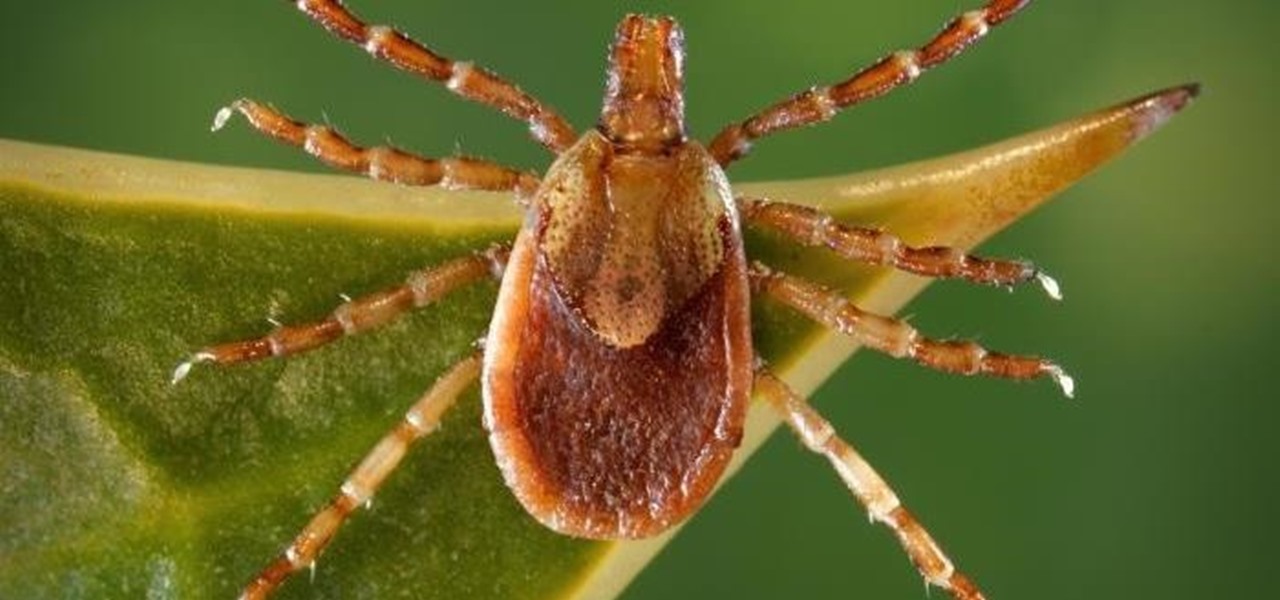





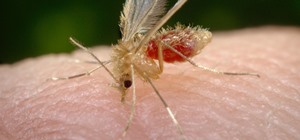



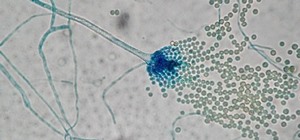
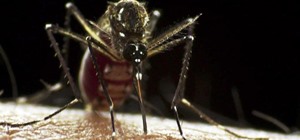









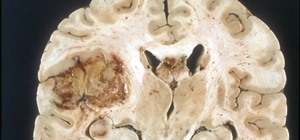
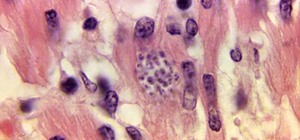
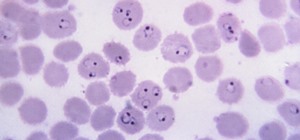


Be the First to Comment
Share Your Thoughts